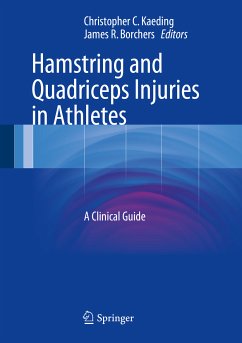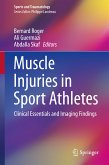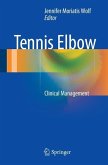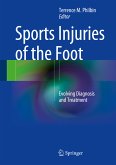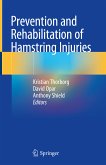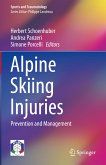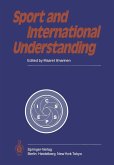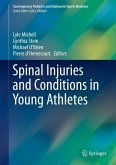Dieser Download kann aus rechtlichen Gründen nur mit Rechnungsadresse in A, B, BG, CY, CZ, D, DK, EW, E, FIN, F, GR, HR, H, IRL, I, LT, L, LR, M, NL, PL, P, R, S, SLO, SK ausgeliefert werden.
"Beginning with anatomy and biomechanics and ending with rehabilitation and injury prevention, this book thoroughly and systematically explains hamstring and quadriceps injuries. ... a valuable addition to the literature because, to my knowledge, there is no other standalone review of these injuries. Although clinicians are the primary audience, students, coaches and athletes can benefit from the book as well. ... This book provides a good basis to anyone, particularly clinicians, in the evaluation, treatment, and prevention of these injuries." (Matthew S. Marcus, Doody's Book Reviews, February, 2015)

